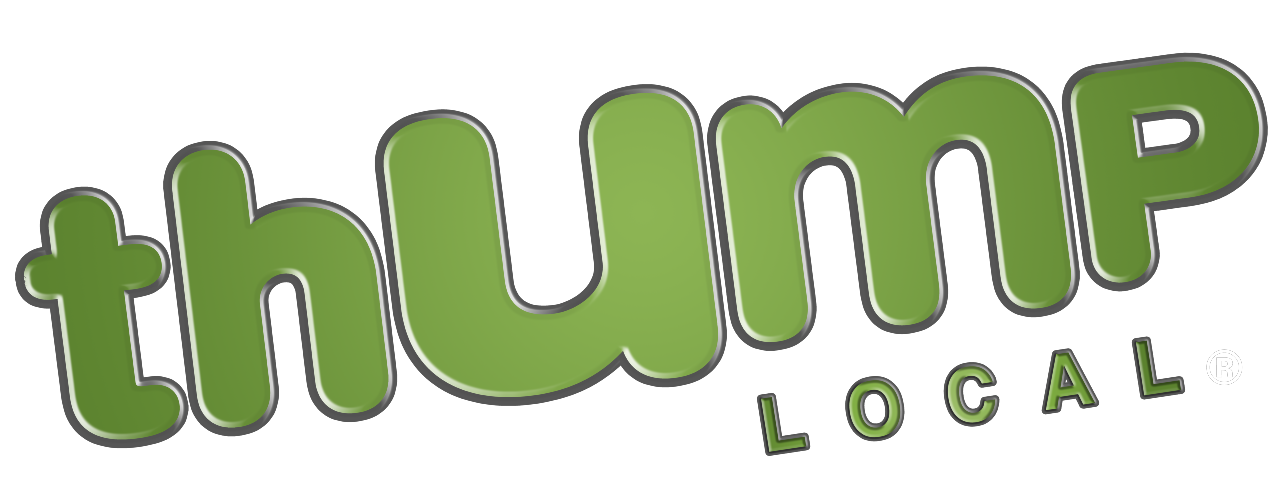Top Three SEO Trends in 2022

Search engine optimization, commonly known as SEO, is a crucial part of your website and online presence. If you want to show up on the coveted first page of Google search results, you need to make sure Google bots–aka, the algorithms that determines which websites are “useful” and which aren’t–can find your website, categorize it appropriately, and deem it important enough to show up for users when they search for information. Every year, SEO evolves and Google’s algorithms become more intricate in an attempt to weed out the “keyword stuffers” (people who just throw keywords all over the place in their content in order to get Google’s attention) from those who have actually valuable content for users. We’ve got your back with these updated SEO trends for 2022.
1. Long Tail Keywords
Because many users are using voice search these days, Google is giving importance to long tail keywords that come more naturally in a voice search and that tend to be more specific and complex. That means that instead of choosing a broad keyword like “frozen pipes,” you want your keyword to be more specific, such as “preventing frozen pipes during a blizzard.” The idea is that you want to use keywords that have low search volume and low competition, therefore resulting in better results for you when those particular keywords are searched. Long tail keywords don’t have to actually be long–the key is that they are specific.
2. User Experience (UX) on Your Website
If you go to a website and it takes forever to load, or the pictures are huge, or the navigation is confusing, you’re probably not going to stick around. With Google’s Page Experience Update in 2021, Google has taken the user experience into account when determining the value of a website. That means it’s important to make sure it’s easy to navigate around your site, that the site isn’t glitchy, and that it loads properly and quickly on desktops, laptops, tablets, and mobile devices–otherwise known as responsive web design. In addition, you want your site to look clean and for relevant information to be front and center.
3. Logical Site Structure
More important these days than optimizing individual pages with keywords is optimizing all your content with topics and subtopics so that it forms an architecture that makes sense. This can be done using internal links to other meaningful and related content within your site so that users (and Google!) can easily navigate around a topic. Having a logical site structure is one of the most important SEO trends you can take on. Think of your site not as individual pages but as a structure building upon itself in a way that makes sense. You want your users and Google’s bots to be able to see a topic and know how to get to other information within that topic through meaningful internal links. Categories, tags, and headings are also useful information for Google to understand what your website is about and whether it is meaningful to a user.
A logical site structure optimized for topics rather than out-of-context keywords does better these days due to something called semantic search. Semantic search is Google’s new way of relating to searchers.
How does it do that?
Google has made efforts to help its algorithms understand the relationships between words and the complexities of language. This means it is doing a better job at predicting and understanding a search within the context of the user’s search history and word choice. It also does a better job at understanding what an entire site is about, rather than individual pages, and will show more relevant sites higher in search results.
Implement Today’s SEO Trends
SEO remains important as ever in our digital world, and there are many areas of SEO to consider when putting together and maintaining a website. At Thump Local, our expert team will optimize your website based on today’s SEO standards and best practices. We always stay on top of the latest SEO trends so our clients can see success!


